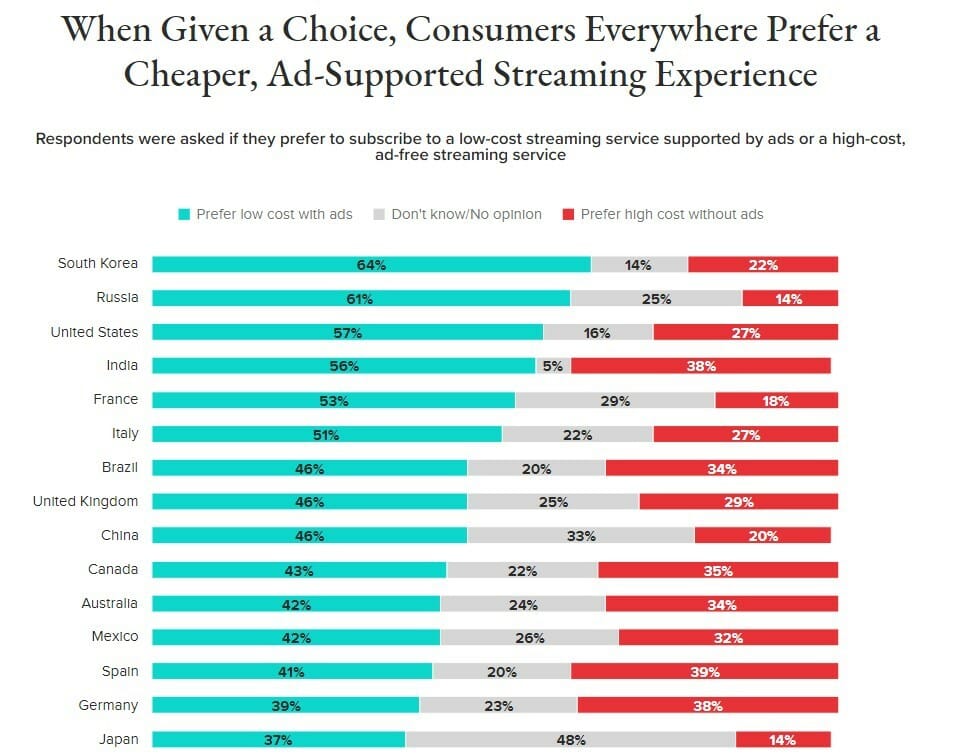In a long article on Esquire, Max Cea says Welcome to the No-Budget Era.

In an era of superheroes and much hand-wringing, he posits that:
“Film’s unlikely hope? A quirky, brilliant wave of directors who are churning out microbudget features that are pushing what’s possible with minuscule funding.”
What about streamers saving the day? He quotes Riel Roch-Decter, co-founder of an indie production company:
“From a producing perspective, if you’re trying to pitch a project to the four or five streaming platforms who actually are able to pay for things, they want what the algorithm is telling them they want. That means more true crime, more Emily in Paris, and not anything that challenges.”
Max digs deep into the DIY filmmaking ethos: can’t get invited to the cool party? Host your own!
He profiles Kentucker Audley, his excellent indie film review site NoBudge and their bi-monthly live screening series in Brooklyn, New York.
And then he explores the unintended potential consequences of making unique, funny, thoughtful indie films:
“At the moment, the ability to make a $50,000 feature that rivals the quality of something made for $5 million is an exciting democratization, but it’s easy to imagine how that advancement might be exploited. ‘The second you tell people who finance movies that they’re paying five million dollars for something they could be paying fifty grand for, we’re just going to continue to erode at the idea that anyone could ever make a living doing this,’ says Free Time director Ryan Martin Brown.”
Max concludes with a hope:
“The sense I get, though, is that the solution — if there is one — will involve theaters. There’s been a lot of hand-wringing over the past decade that streaming has killed the theatrical business for everything other than Marvel movies. Programmers, distributors, and independent studios though, say that that’s not totally true. Evenings like the one I witnessed with The Civil Dead or at NoBudge screenings were doing well, too. In other words: Events. “People really enjoy when there’s a live component,” says Future of Film Is Female Executive Director and longtime programmer Caryn Coleman. ‘I like showing short films before features because you get their whole audience to come in.'”
My take: same as it ever was, to reference the Talking Heads. People need to discover they like the taste of indie film to stoke their appetite and then crave a diet of non-Hollywood film. However, the bottom line is the bottom line. Show business is a business and budgets need to be minimal if a film can only gain exposure. I believe the rule of thumb in old Hollywood was that only one in ten films made money and needed to cover the losses of the other nine. Looking at you, A24 and other indie distributors!








